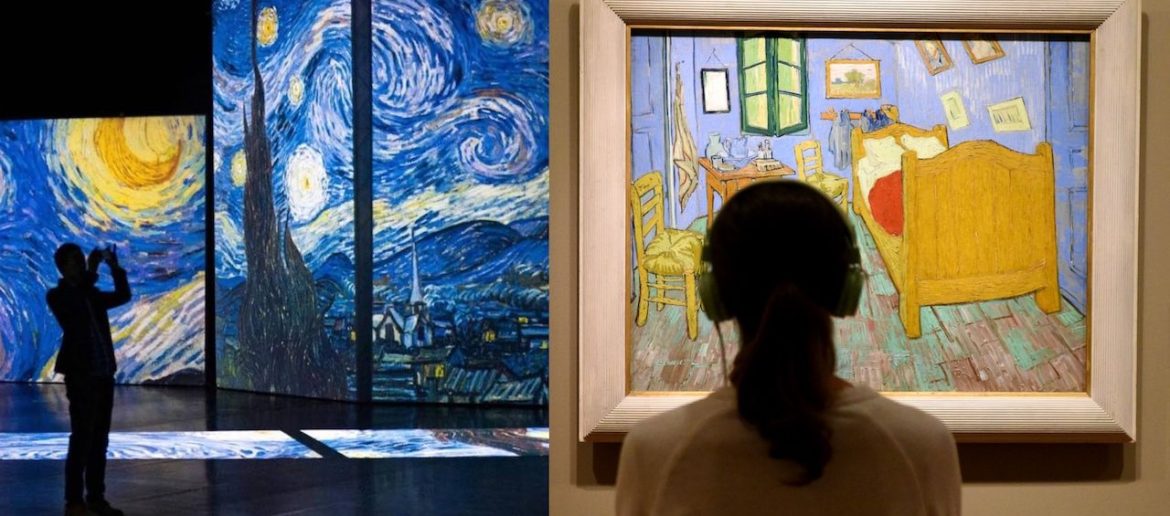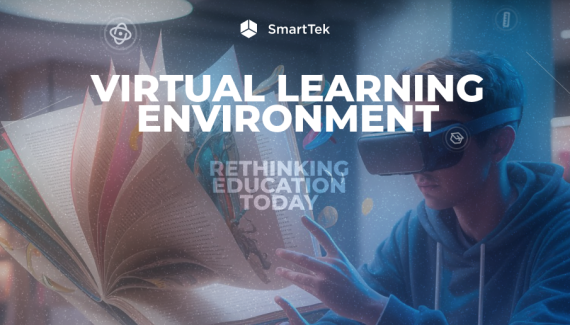To keep up with modern trends, more and more museums are moving toward more interactive and engaging offerings for local and international audiences. They are going beyond traditional exhibition halls by using a wide range of advanced technologies to capture the attention of visitors.
Such elements would be incomplete without high-end elements like augmented reality, storytelling techniques for virtual reality spaces, and other immersive technology and multimedia use cases.
Wake The Tiger, Oasis Immersion, and Area15 are a few examples of solutions with their multi-sensory vision of what museum experiences should be like nowadays. They will also come in handy to other establishments, letting them join this Immersive Experience meta trend — art installations, theatres, cinemas, and so on. Thanks to cutting-edge technologies like these, you can find yourself surrounded by ancient labyrinths and coral reefs in a second.
Read on to see how creative immersive technology combinations are in the real world.
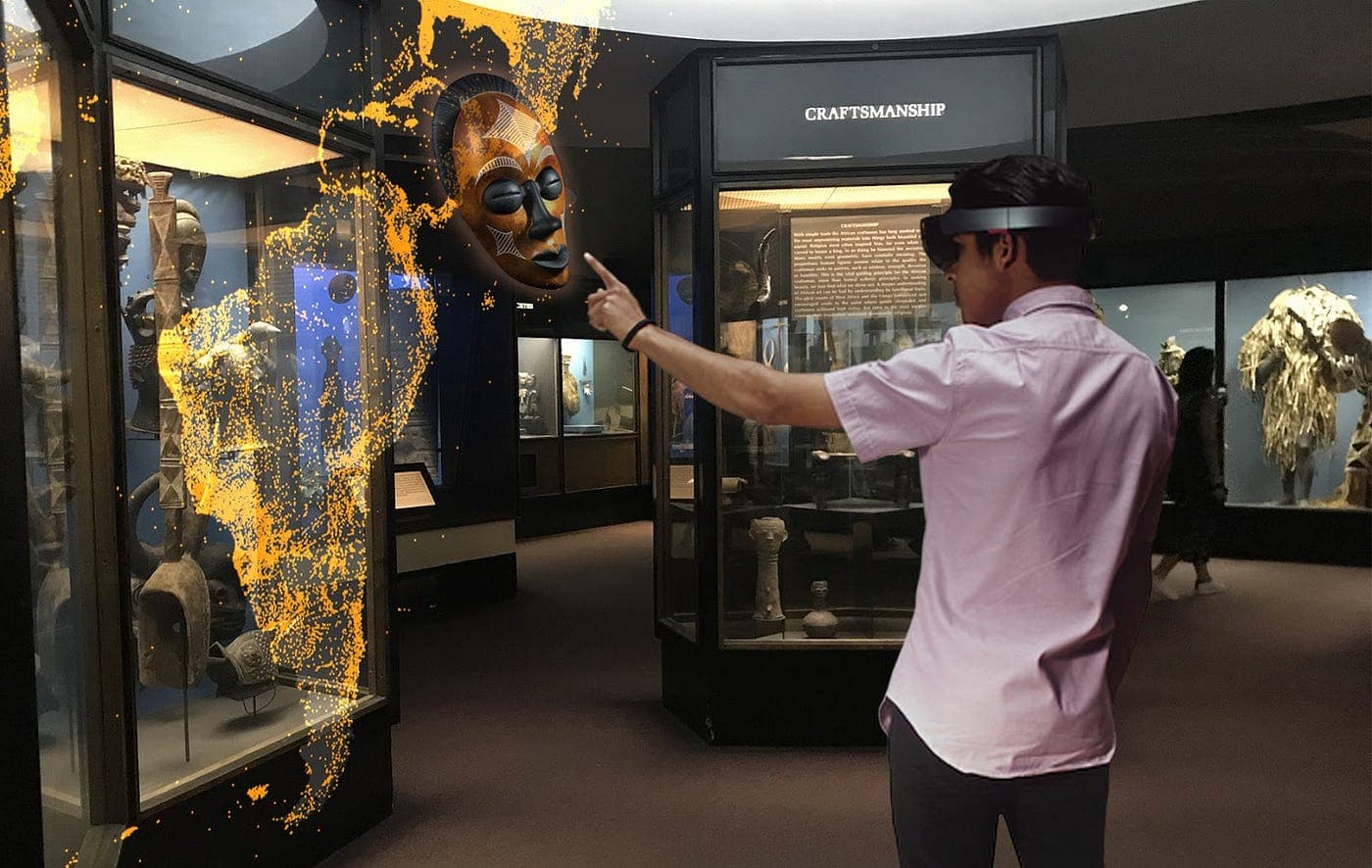
Use Cases for Immersive Experiences in Museums and Exhibitions
Introducing modern technologies to boost end-user engagement is what distinguishes standard from next-gen facilities. That’s how museums and exhibitions can bring their collections back to life in a new light. From digitalized walkthroughs to interactive guides with boosted educational potential, it would be a mistake to miss out on the opportunity to become a better version of yourself.
Let’s dig into some technologies that will pave your path to progress:
- AR and VR — a lot depends on your gear and creativity in this case. You can utilize high-tech scanning tools and X-rays to showcase three-dimensional exhibitions or work with devices with 4G or 5G internet connections for augmented journeys.
- Digital exhibitions — digital shows can level up museum settings and help visitors explore their variety from an unprecedented perspective.
Ready to implement immersive technologies?
SmartTek provides custom AR & VR development services with a proven track record of success, tailored to your business needs.
Contact usOf course, the list isn’t limited to just two most sought-after strategies for introducing immersive technologies in museums:
- educational and promotional podcasts with robots, VR-based, and other tools;
- touchscreen displays with AI-empowered programs to test your knack for creating pottery, painting, and other pieces, presented in the exhibition;
- live streaming to expand the audience across the countries;
- holographic displays;
- gamification elements to foster an exciting atmosphere and friendly connections with visitors of any age;
- projection mapping to boost the exhibition’s dynamics and visual value, including experiences like time-travel walkthroughs in the hall.
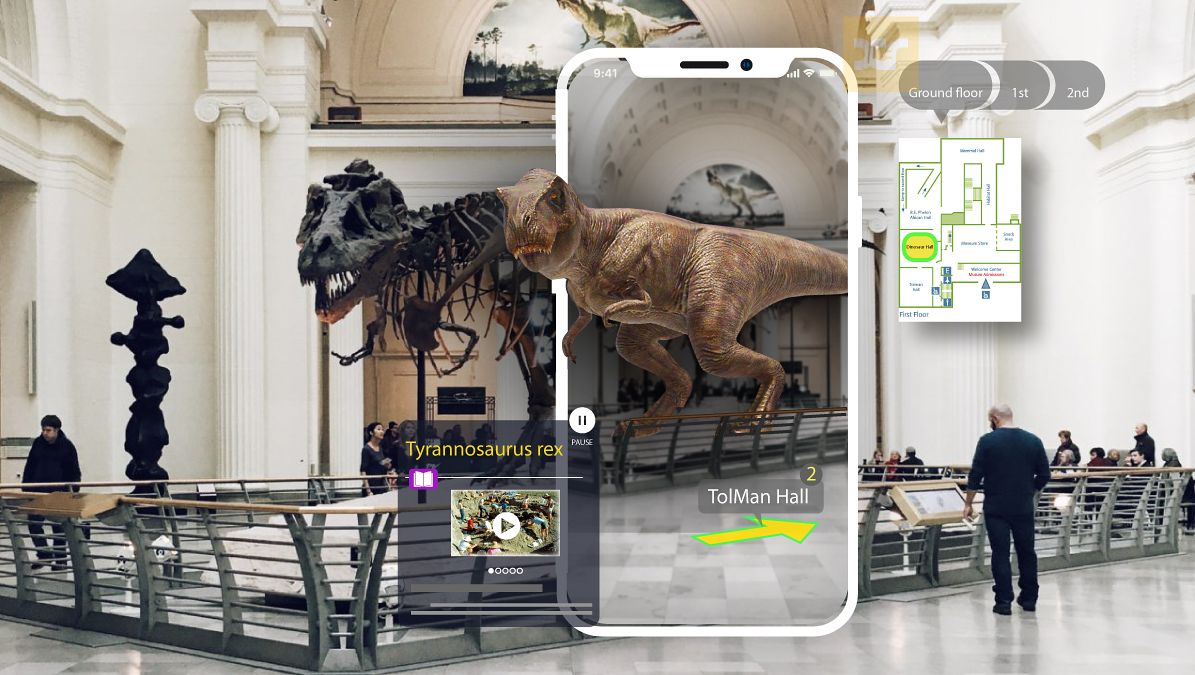
How Museums Are Using Immersive Digital Experiences: Real-World Examples
Let’s bring a couple of real-life examples of utilizing AR, VR, etc. in practice:
- Meet Vincent Van Gogh took place in the pre-pandemic period in 2020. It was a successful illustration of introducing interactive digital stations in the museum and letting visitors get to know more about this artist’s works and life. Backed up by the audioguide to level up the narrative’s quality, it was a great chance to explore tools, materials, and techniques Van Gogh used and make your portrait in the best artist’s traditions.
- The National Museum of Singapore is famous for its immersive in-person travels for visitors, conquering their hearts and minds with seamless visuals and immersive and colourful light shows on displays. By uploading and installing the special app, it is possible to get a deeper insight into the animals and habitats pictured in the view.
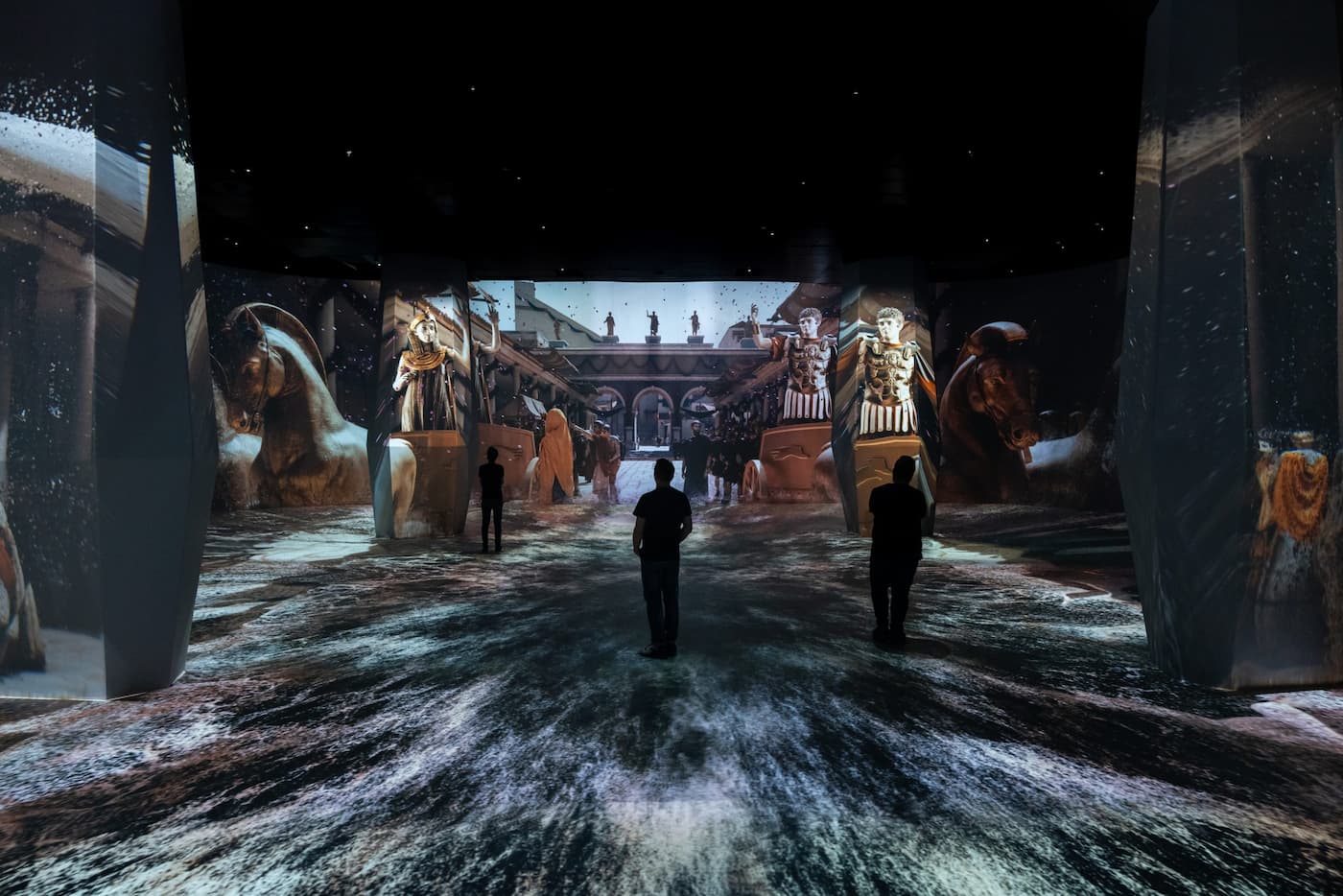
Mind-blowing AR/VR ideas can’t wait
We use the latest immersive technologies for creating apps to exceed our clients’ expectations.
Drop us a line- Another magnificent sample of a perfect marriage between museums and state-of-the-art technologies is the Cleveland Museum of Art. Its interactive displays don’t suffer from limited capacities and impress with a variety of services available. Such stations enable interested parties to give a try to virtual pottery, AI-empowered drawing, real-time photo editing with special effects, creating collages, and much more. These and other services of the ArtLens Studio Play are an excellent way of getting to know about multiple collections and creating unforgettable memories at the same time.
- Of course, online exhibitions are no less fascinating and captivating. The Natural History Museum was among the pioneers in the field, preparing online events for activities, photographers, and scientists to interact with audiences and share knowledge and fun with each other. On their page, you can easily find out more about their current and future scheduled events for online and in-person experiences.
Final Words
The use of modern immersive technologies has already become a major paradigm shift for museums, exhibitions, theaters, and more. AR and VR, in particular, help to introduce the art of digital storytelling and bring to life unknown tales and historical events of bygone eras.
Advanced multimedia installations help such centers attract more visitors and let them experience a magnificent comeback of a trendy pastime. Thanks to them, exhibitions have no limits in terms of presentation – AR or VR simulation, real-time guided tours, etc., to deliver personalized experiences.
We are building AR/VR products for a variety of industries and are ready to be your trusted partner with proven expertise in immersive technologies.






